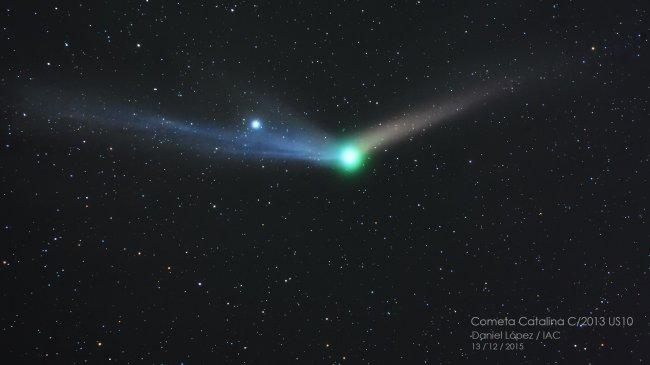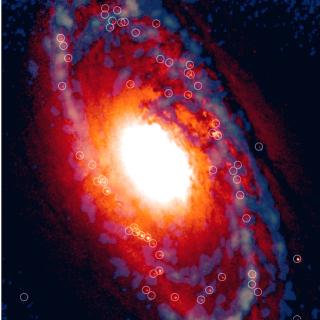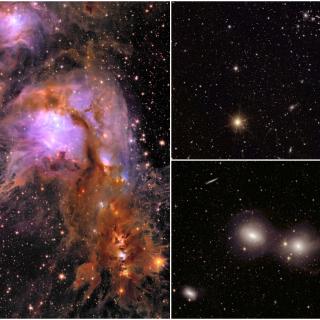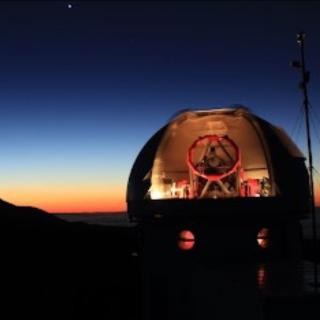It will be its closest approach to the Earth (its perigee), at a distance of around 107 million kilometres, which is very close, considering that it originated in the Oort Cloud, at a distance from us of about a light year (some 9.5 billion kilometres).
Although on those nights it will attain maximum brightness, it has not been as bright as was expected, so that it is not easy to find it with the naked eye. So binoculars are necessary, and a sky map, and we need to be at a place with dark sky to see the central zone of the comet. In spite of that it can be found near the Great Bear, and this will help to find it more easily.
From the Teide Observatory several telescopes are following Comet Catalina each night, to measure parameters such as its rotation period.



